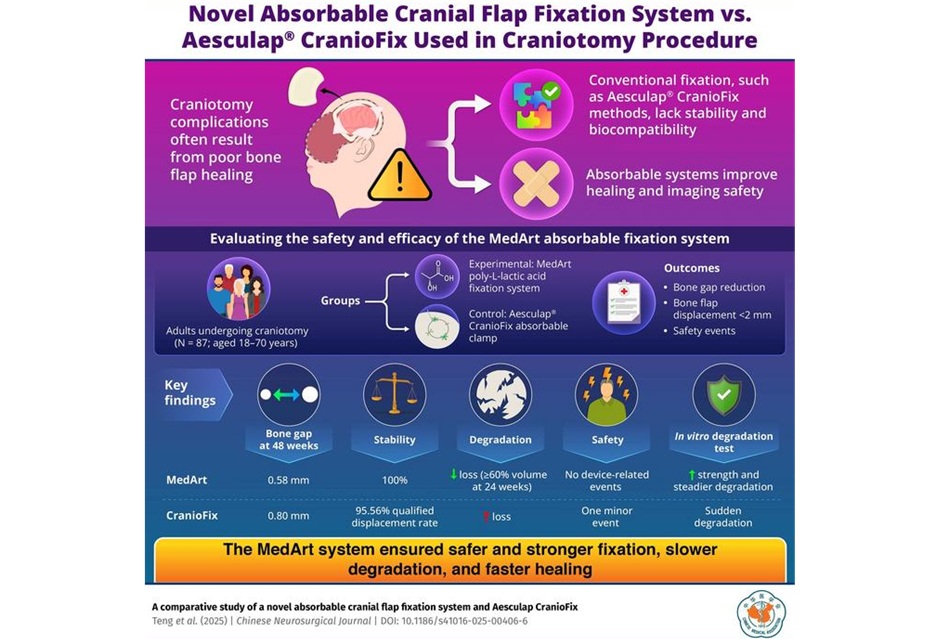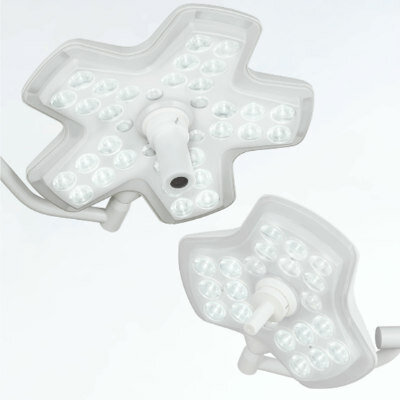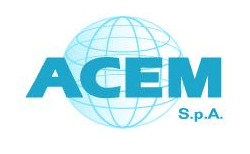Hospital Admissions During Heat Waves Are Cause-Specific
|
By HospiMedica International staff writers Posted on 12 Jan 2015 |
A new study reveals that a handful of potentially serious disorders significantly increase the risk of hospitalization during periods of extreme heat.
Researchers at Harvard School of Public Health (HSPH; Boston, MA, USA) and Brigham and Women’s Hospital (Boston, MA, USA) conducted a study that analyzed 127 billion daily hospitalizations in a population of 23.7 million Medicare beneficiaries between 1999 and 2010, covering 1,943 counties in the United States with at least five summers of near-complete daily temperature data. Heat-wave periods were matched to non-heat-wave periods, with daily charting of cause-specific hospitalization rates by principal discharge diagnosis codes.
The results showed that older Americans were two-and-a-half times more likely to be hospitalized from heat stroke during heat waves than on non-heat-wave days. Extreme heat also put the elderly at 18% greater risk of being hospitalized for fluid and electrolyte disorders; 14% greater risk for renal failure; 10% greater risk for urinary tract infections; and 6% greater risk for sepsis. Conversely, risk of hospitalization for congestive heart failure (CHF) was lower. Risks were generally highest on the heat wave day, but remained elevated for up to five subsequent days. The study was published on December 23, 2014, in the Journal of the American Medical Association (JAMA).
“An innovative aspect of this work is that rather than preselect a few individual diseases to examine, we considered all possible causes of hospital admission during heat waves in order to characterize the effects of heat on multiple organ systems,” said lead author Professor of Biostatistics Francesca Dominici, PhD, of HSPH.
Heat wave periods, as defined by the World Meteorological Organization (Geneva, Switzerland), is when the daily maximum temperature of more than five consecutive days exceeds the average maximum temperature by 5 °C, the normal period being 1961–1990. Another definition is as two or more consecutive days with temperatures exceeding the 99th percentile of the area. The 1930s are remembered as the driest and warmest decade in the US (the Dust Bowl years), and the summer of 1936 was the most widespread and destructive heat wave to occur in the Americas in centuries.
Related Links:
Harvard School of Public Health
Brigham and Women’s Hospital
Researchers at Harvard School of Public Health (HSPH; Boston, MA, USA) and Brigham and Women’s Hospital (Boston, MA, USA) conducted a study that analyzed 127 billion daily hospitalizations in a population of 23.7 million Medicare beneficiaries between 1999 and 2010, covering 1,943 counties in the United States with at least five summers of near-complete daily temperature data. Heat-wave periods were matched to non-heat-wave periods, with daily charting of cause-specific hospitalization rates by principal discharge diagnosis codes.
The results showed that older Americans were two-and-a-half times more likely to be hospitalized from heat stroke during heat waves than on non-heat-wave days. Extreme heat also put the elderly at 18% greater risk of being hospitalized for fluid and electrolyte disorders; 14% greater risk for renal failure; 10% greater risk for urinary tract infections; and 6% greater risk for sepsis. Conversely, risk of hospitalization for congestive heart failure (CHF) was lower. Risks were generally highest on the heat wave day, but remained elevated for up to five subsequent days. The study was published on December 23, 2014, in the Journal of the American Medical Association (JAMA).
“An innovative aspect of this work is that rather than preselect a few individual diseases to examine, we considered all possible causes of hospital admission during heat waves in order to characterize the effects of heat on multiple organ systems,” said lead author Professor of Biostatistics Francesca Dominici, PhD, of HSPH.
Heat wave periods, as defined by the World Meteorological Organization (Geneva, Switzerland), is when the daily maximum temperature of more than five consecutive days exceeds the average maximum temperature by 5 °C, the normal period being 1961–1990. Another definition is as two or more consecutive days with temperatures exceeding the 99th percentile of the area. The 1930s are remembered as the driest and warmest decade in the US (the Dust Bowl years), and the summer of 1936 was the most widespread and destructive heat wave to occur in the Americas in centuries.
Related Links:
Harvard School of Public Health
Brigham and Women’s Hospital
Latest Critical Care News
- Coronary Artery Stenosis Could Protect Patients from Pulmonary Embolism Effects
- Sweat-Powered Sticker Turns Drinking Cup into Health Sensor
- Skin-Mounted 3D Microfluidic Device Analyzes Sweat for Real-Time Health Assessment
- New Therapeutic Brain Implants to Eliminate Need for Surgery
- Stem Cell Patch Gently Heals Damaged Hearts Without Open-Heart Surgery
- Biomaterial Vaccines to Make Implanted Orthopedic Devices Safer
- Deep Learning Model Predicts Sepsis Patients Likely to Benefit from Steroid Treatment
- Programmable Drug-Delivery Patch Promotes Healing and Regrowth After Heart Attack
- Breakthrough Ultrasound Technology Measures Blood Viscosity in Real Time
- Magnetically Activated Microscopic Robotic Swarms Could Deliver Medicine Inside Body
- Frequent ECG Use Can Identify Young People at Risk of Cardiac Arrest
- Ultrasound Controlled Artificial Muscles Pave Way for Soft Robots
- AI-Powered Alerts Reduce Kidney Complications After Heart Surgery
- Algorithm Predicts and Lengthens Pacemaker Battery Life
- Novel Pill Could Mimic Health Benefits of Bariatric Surgery
- AI Models Identify Patient Groups at Risk of Being Mistreated in Hospital ED
Channels
Surgical Techniques
view channel
Drug-Coated Balloons Can Replace Stents Even in Larger Coronary Arteries
Narrowed or blocked arteries pose a major global health burden, often leading to heart attacks, heart failure, or stroke when blood flow becomes compromised. Traditional balloon angioplasty can reopen... Read more
Magnetic Kidney Stone Retrieval Device Outperforms Ureteroscopic Laser Lithotripsy
Kidney stone disease affects millions worldwide and often requires ureteroscopic laser lithotripsy, yet fragment removal remains inefficient. Many patients are left with residual pieces that can cause... Read more
Absorbable Skull Device Could Replace Traditional Metal Implants Used After Brain Surgery
Closing the skull safely after neurosurgery remains a major clinical challenge, as traditional metal or semi-absorbable fixation devices can interfere with imaging, degrade unpredictably, or persist long... Read morePatient Care
view channel
Revolutionary Automatic IV-Line Flushing Device to Enhance Infusion Care
More than 80% of in-hospital patients receive intravenous (IV) therapy. Every dose of IV medicine delivered in a small volume (<250 mL) infusion bag should be followed by subsequent flushing to ensure... Read more
VR Training Tool Combats Contamination of Portable Medical Equipment
Healthcare-associated infections (HAIs) impact one in every 31 patients, cause nearly 100,000 deaths each year, and cost USD 28.4 billion in direct medical expenses. Notably, up to 75% of these infections... Read more
Portable Biosensor Platform to Reduce Hospital-Acquired Infections
Approximately 4 million patients in the European Union acquire healthcare-associated infections (HAIs) or nosocomial infections each year, with around 37,000 deaths directly resulting from these infections,... Read moreFirst-Of-Its-Kind Portable Germicidal Light Technology Disinfects High-Touch Clinical Surfaces in Seconds
Reducing healthcare-acquired infections (HAIs) remains a pressing issue within global healthcare systems. In the United States alone, 1.7 million patients contract HAIs annually, leading to approximately... Read moreHealth IT
view channel
Printable Molecule-Selective Nanoparticles Enable Mass Production of Wearable Biosensors
The future of medicine is likely to focus on the personalization of healthcare—understanding exactly what an individual requires and delivering the appropriate combination of nutrients, metabolites, and... Read moreBusiness
view channel
Philips and Masimo Partner to Advance Patient Monitoring Measurement Technologies
Royal Philips (Amsterdam, Netherlands) and Masimo (Irvine, California, USA) have renewed their multi-year strategic collaboration, combining Philips’ expertise in patient monitoring with Masimo’s noninvasive... Read more
B. Braun Acquires Digital Microsurgery Company True Digital Surgery
The high-end microsurgery market in neurosurgery, spine, and ENT is undergoing a significant transformation. Traditional analog microscopes are giving way to digital exoscopes, which provide improved visualization,... Read more
CMEF 2025 to Promote Holistic and High-Quality Development of Medical and Health Industry
The 92nd China International Medical Equipment Fair (CMEF 2025) Autumn Exhibition is scheduled to be held from September 26 to 29 at the China Import and Export Fair Complex (Canton Fair Complex) in Guangzhou.... Read more













